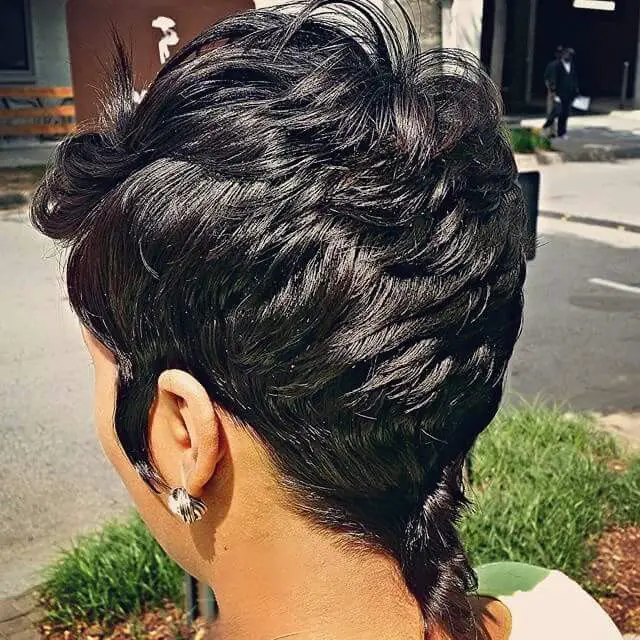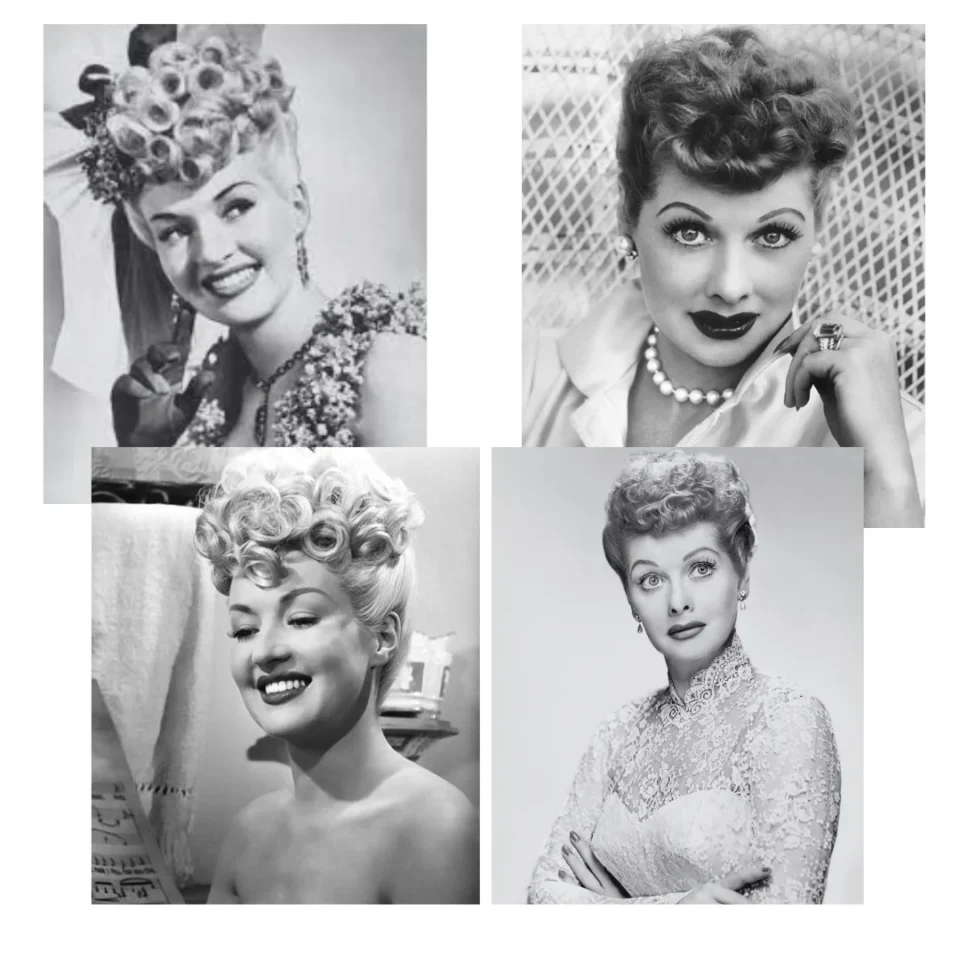The ducks ass hair style—also called the ducktail, D.A., duck’s arse, or duck butt—gets its name from the way the hair at the back is combed toward the center from both sides, forming a seam that resembles a duck’s tail.
Table of Contents
What Is the Ducks Ass Hair Style?
The duck’s ass (often simply D.A.) is a men’s hairstyle that rose to prominence in the 1940s and reached its peak popularity during the 1950s.
Its name comes from the way the hair at the back of the head is styled—slicked and parted to resemble the tail of a duck.
Origins & History of Ducktail Haircuts
- Invented in Philadelphia (c.1940): Barber Joe Cirello from Philadelphia claimed he invented the style, originally calling it “The Swing.” He famously practiced for about 18 months on a blind boy before perfecting the look.
- Rebel Icon: Throughout the 1950s, it became a symbol of rebellious youth culture—worn by disaffected young men, Teddy Boys in Britain, Rockers, and fans of early rock ’n’ roll.
- Media & Pop Culture: Elvis Presley, James Dean, and even Shammi Kapoor in India helped popularize it as a cinematic “bad boy” hairstyle.
Ducktail Retro Haircut Styling Technique
- Grease and Pomade: The key to the ducktail’s hold is a generous amount of pomade or hair grease—typically Black & White, Sweet Georgia Brown, Royal Crown, Murrays, Dixie Peach, Brylcreem, or Wildroot Cream-Oil.
- Combing Method:
- Hair is combed back from the sides toward the center of the back of the head.
- A clean, defined part (often with a fine rattail comb) runs centrally from crown to nape, forming the defining “tail”.
- Top Styling: The front could be left slightly messy, with strands flopped over the forehead, or sculpted into what’s called an “elephant’s trunk”, curling down toward the nose.
- Maintenance: Wearers often fussed with their D.A. throughout the day, combing it back into place—famously depicted by characters like “Kookie” in 77 Sunset Strip and his song, “Kookie, Kookie, Lend Me Your Comb.” (haircutpedia.fandom.com, The Past Is Back).
Cultural Significance & Legacy of Ducktail Hairstyles
- Greasers & Youth Culture: The ducktail became synonymous with the greaser subculture and is widely seen as one of the earliest visual markers of teenage rebellion and rock ’n’ roll identity (haircutpedia.fandom.com, Wikipedia).
- Hollywood Symbolism: Although popularized in media—like Elvis’s films—the hairstyle was only worn by a minority in real life (Wikipedia, Fifities Web).
- Resurgence: The style experienced revivals, especially during 1970s rockabilly revivals and remains a cultural touchstone for retro fashion and media nostalgia (Dazed Digital, haircutpedia.fandom.com, Wikipedia).
- Pop Culture References: Iconic characters in Happy Days (Fonzie), Laverne & Shirley, plus characters in JoJo’s Bizarre Adventure, keep the D.A. alive in modern media (haircutpedia.fandom.com, Facebook).
From Reddit: Voices of Nostalgia
One Redditor in r/todayilearned shared:
“TIL – a ‘Duck’s Ass’ was a popular men’s hairstyle in the 1950’s, where the sides of the hair were slicked back, resembling the hindquarters of a duck.” (Reddit)
Others chimed in with memories:
- “Came here to say often called D.A. in 1950s to avoid saying the offensive word ‘ass’ in public.”
- “My dad said they called them ‘D.A.’s for that reason, so they wouldn’t get in trouble in school for cussing.”
What Is a Ducktail Haircut Women’s?

Hair Styles 1950 for Women

1920 Vintage Hairstyles

READ ALSO: Sophisticated Odeon Tendency Perfume Today in 2025
Photo Credits: Haircuts & Hairstyles, Shine Coast Pinup School, Pinterest
READ ALSO: 5 Interesting Anime Girl Hairstyles